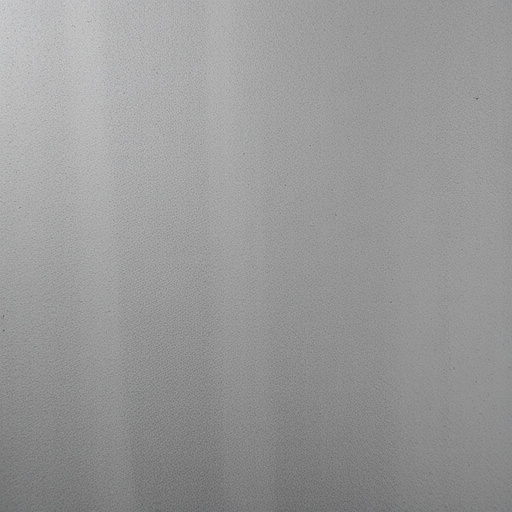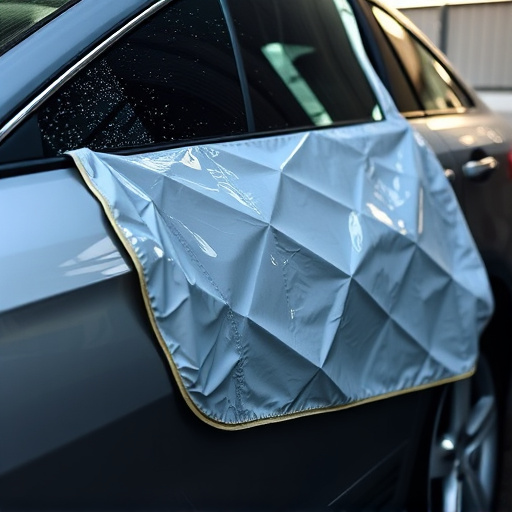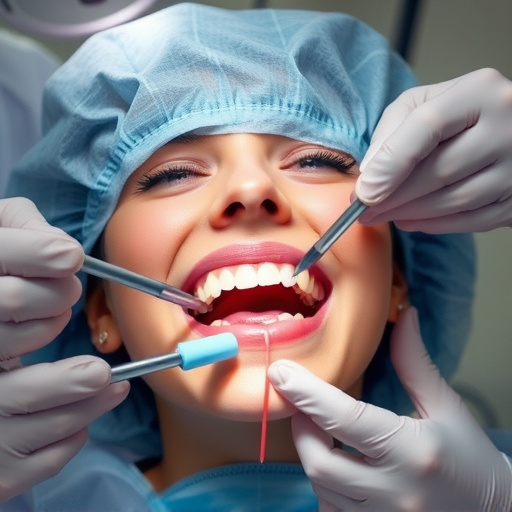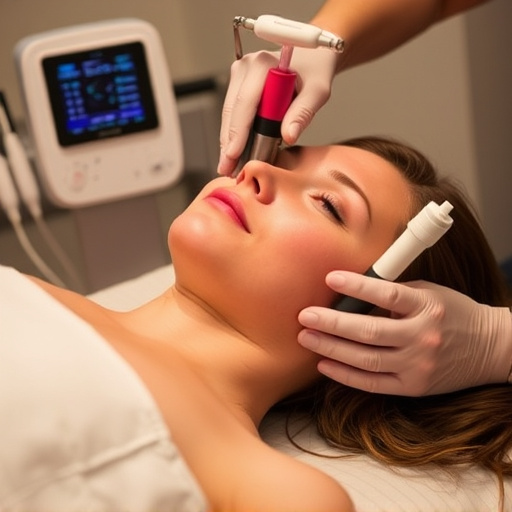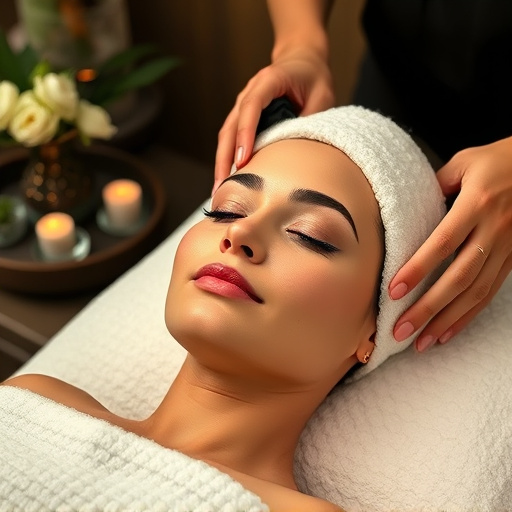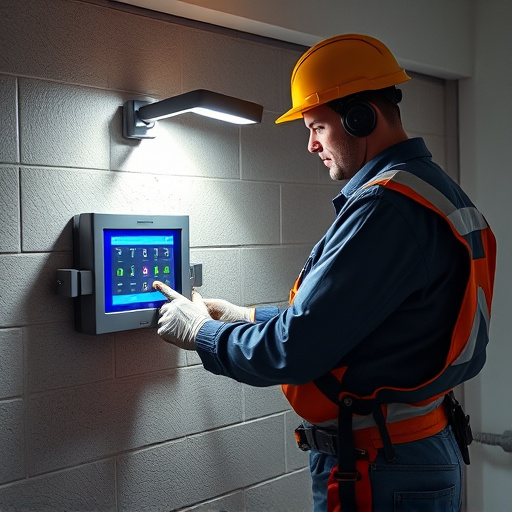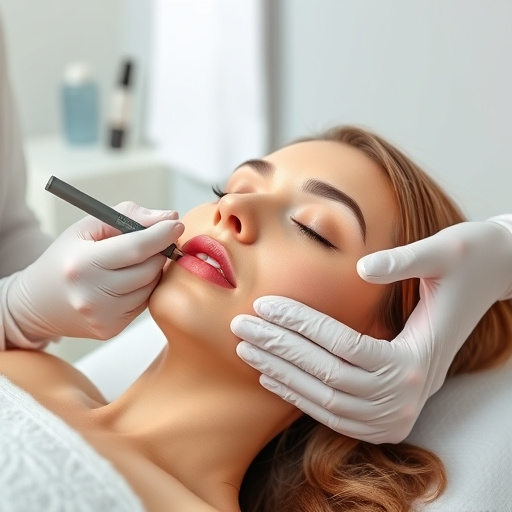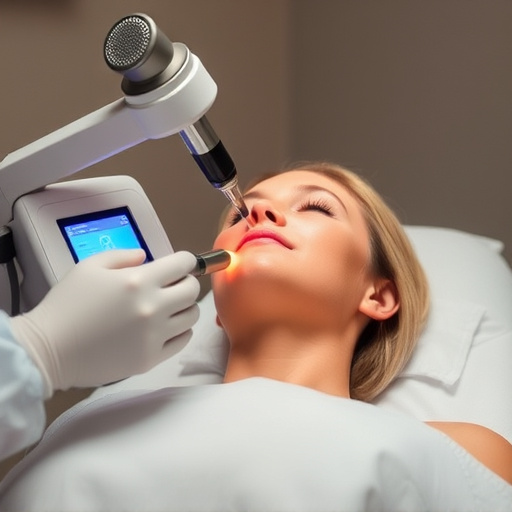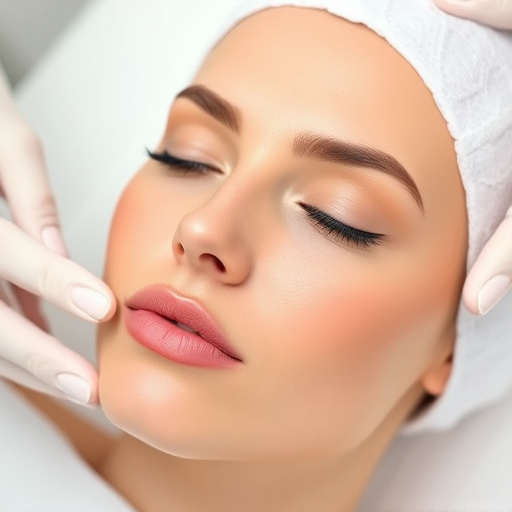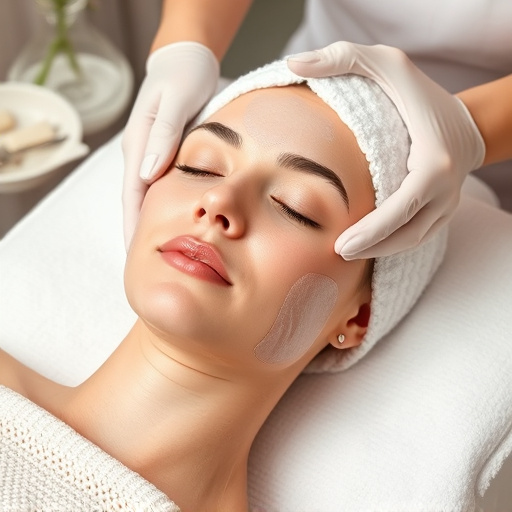Spider veins, caused by weakened valves and factors like standing, obesity, pregnancy, and genetics, manifest as visible capillaries on legs and face. Treatment options range from non-invasive procedures like laser therapy, radiofrequency ablation (RFA), facials, and chemical peels to intensive methods such as phlebectomy and sclerotherapy. Less invasive alternatives include microdermabrasion, compression stockings, and combined treatments focusing on vein reduction and skin brightening for improved leg aesthetics.
Looking to get rid of unsightly spider veins? You’re not alone. Spider veins, those small, twisted vessels that often appear on legs and faces, are a common concern. Understanding their causes and symptoms is the first step towards finding the best treatment option for you. From non-invasive procedures like laser therapy and sclerotherapy to more invasive surgical approaches, this guide explores the top spider vein treatment options available near you, helping you make an informed decision.
- Understanding Spider Veins: Causes and Symptoms
- Top Non-Invasive Treatment Options for Spider Veins
- Laser and Surgical Treatments: More Invasive Approaches
Understanding Spider Veins: Causes and Symptoms

Spider veins are a common concern for many individuals, characterized by small, visible vessels that appear close to the skin’s surface, often on the legs and face. These tiny, dilated capillaries can vary in size from fine lines to larger, more noticeable webs. Understanding their causes and symptoms is an essential step towards choosing the most effective spider vein treatment.
The primary reason for spider veins is weakened valve function within the veins. This allows blood to flow back, pooling in the affected area and causing the vessels to expand. Standing for extended periods, obesity, pregnancy, and even genetics can contribute to this condition. Symptoms include visible blue or red lines on the skin, a burning or itching sensation, swelling, and heavy legs. For some, spider veins may be purely cosmetic, while others experience discomfort or pain. Various treatments like customized facials, chemical peels, and facial treatments are available to address these issues, offering both aesthetic improvements and relief from associated symptoms.
Top Non-Invasive Treatment Options for Spider Veins

When it comes to top non-invasive treatment options for spider veins, there are several advanced procedures available that offer effective and safe solutions. One of the most popular choices is Laser Therapy, which uses precise laser light to target and break up the abnormal blood vessels. This minimally invasive approach has shown remarkable results in reducing the appearance of spider veins without causing significant discomfort or downtime.
Another promising treatment option is Radiofrequency Ablation (RFA), where a small needle delivers heat energy to the affected veins, causing them to collapse and disappear over time. Unlike traditional surgery, RFA is performed under local anesthesia and can be customized to target specific areas, making it an ideal choice for personalized skincare. Additionally, combined treatments like custom facials and facial treatments that incorporate specialized ingredients can also help improve skin texture and reduce the visibility of spider veins, providing a holistic approach to achieving smoother, healthier legs.
Laser and Surgical Treatments: More Invasive Approaches

Laser and surgical procedures represent more invasive approaches to spider vein treatment. These methods are typically considered for larger or more prominent veins that haven’t responded to less aggressive treatments. Laser therapy uses targeted light energy to break up the blood within the veins, causing them to disappear over time. This procedure is often painless and can be performed in a doctor’s office, making it a popular choice for those seeking spider vein treatment.
Surgical options include phlebectomy, where small instruments are used to remove the affected veins, and sclerotherapy, where a solution is injected into the veins to shrink them. While these methods can provide effective results, they usually involve more downtime and may carry higher risks compared to less invasive techniques like microdermabrasion or compression stockings. Some procedures, such as microneedling therapy, combine with skin brightening treatments to enhance overall leg appearance and improve skin texture alongside reducing the visibility of spider veins.
When considering the best spider vein treatment, it’s essential to evaluate your specific needs and consult a professional. Both non-invasive options like laser therapy and surgical procedures have their merits. By understanding the causes and symptoms, you can make an informed decision on which approach is right for you. Your journey to clear legs starts with exploring these top treatment options available near you.
